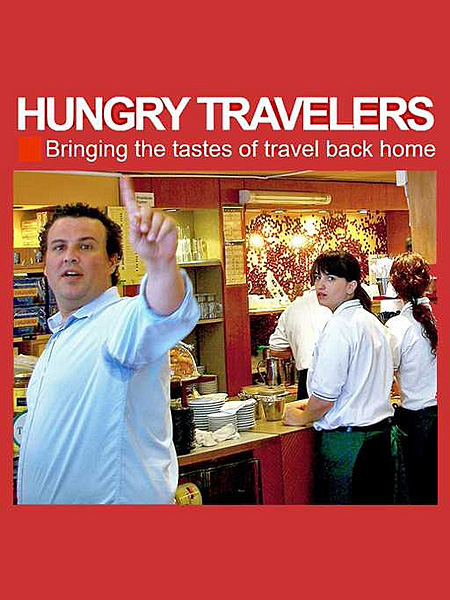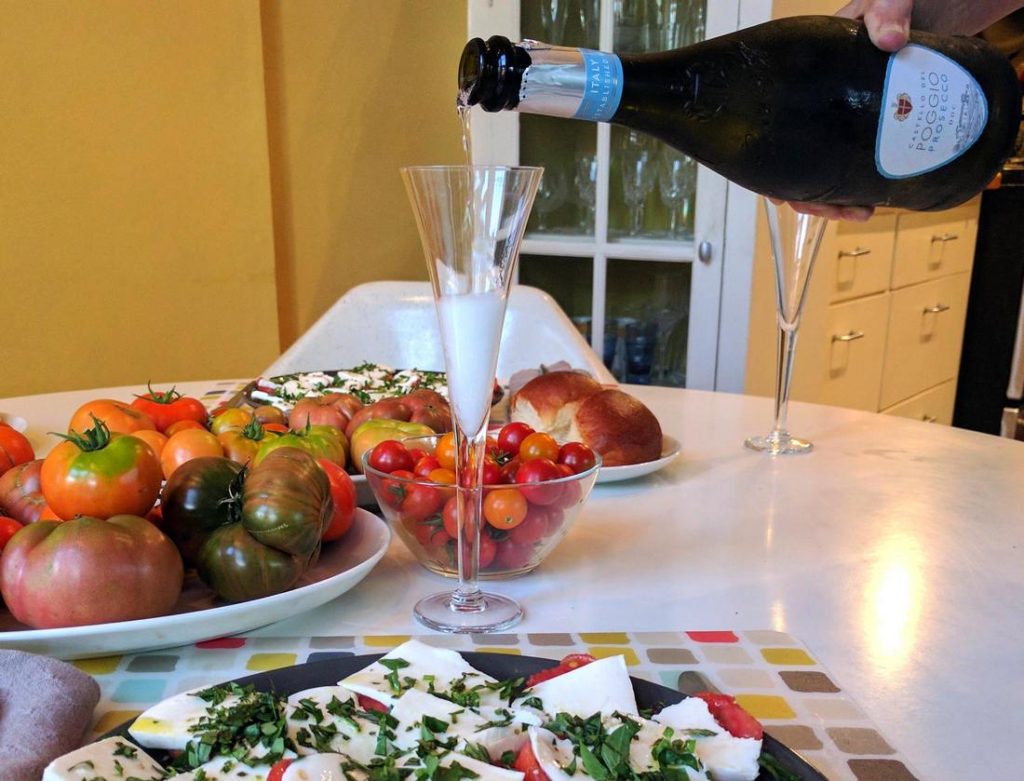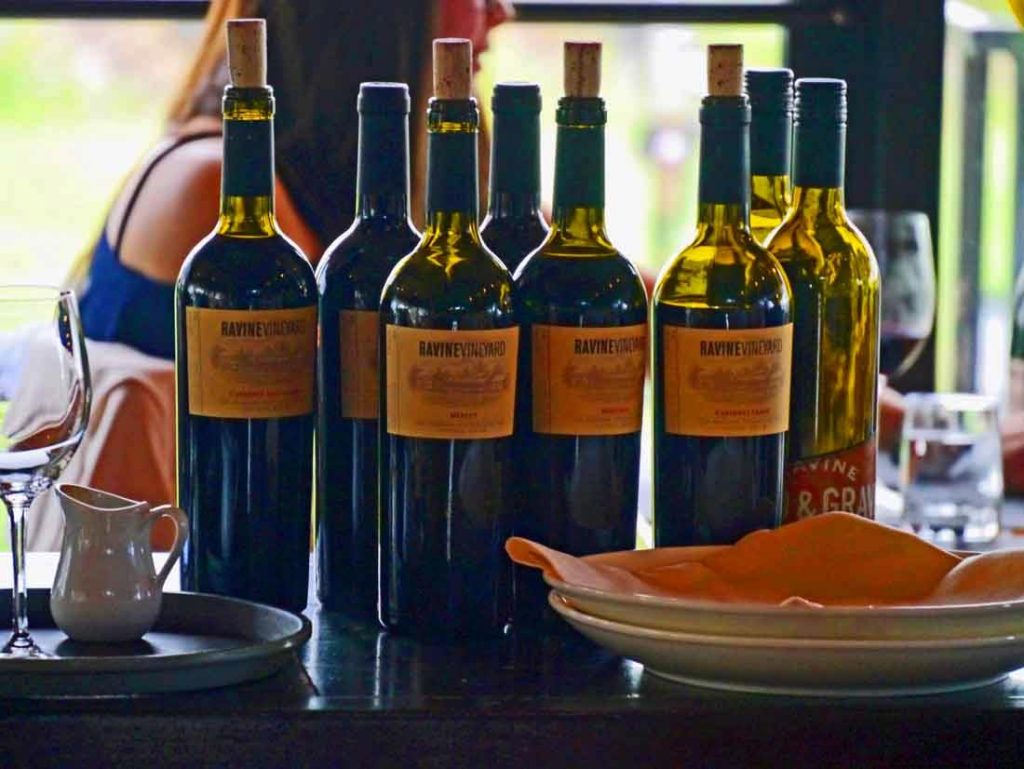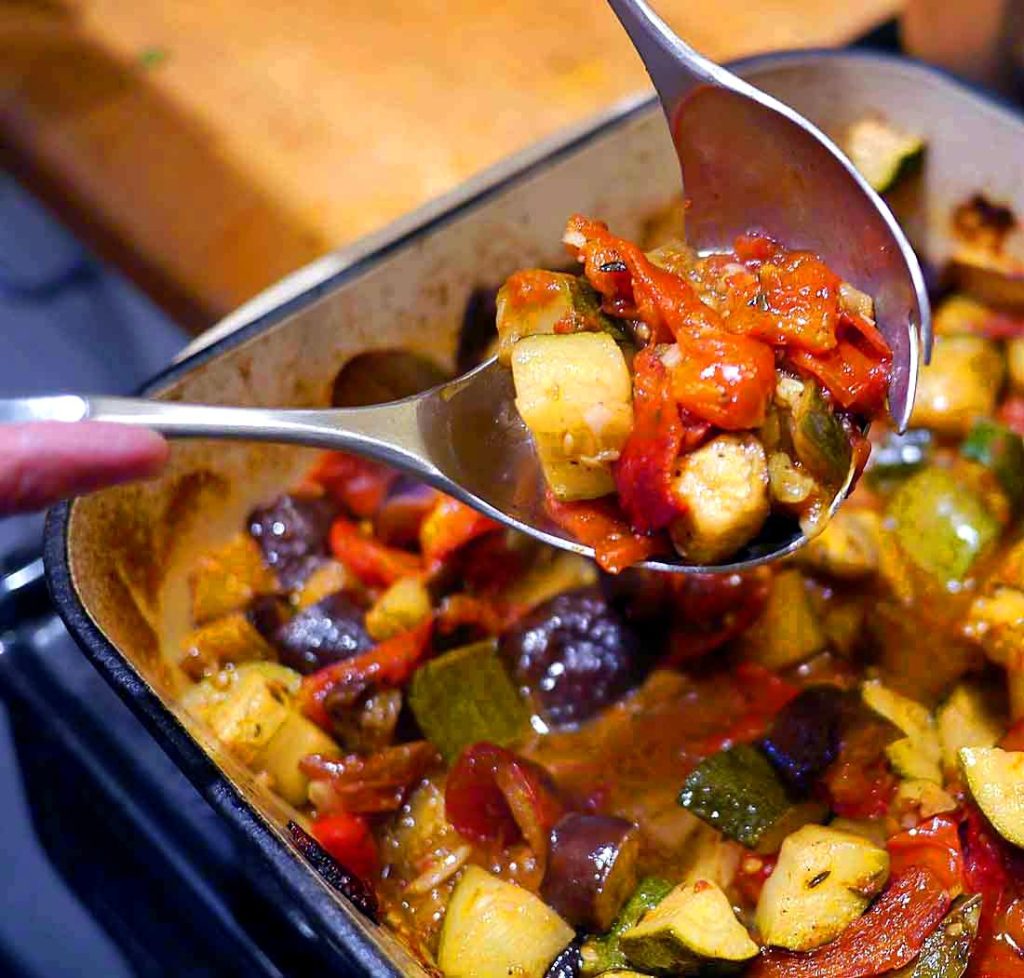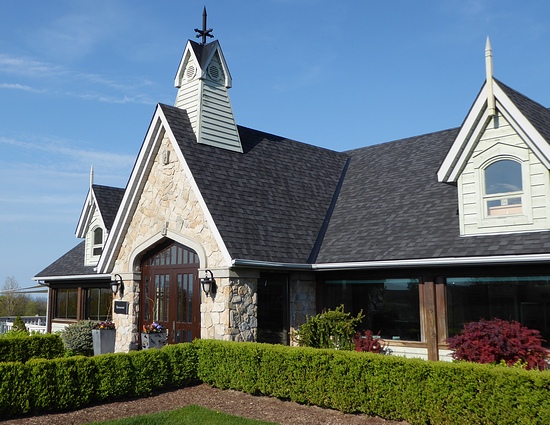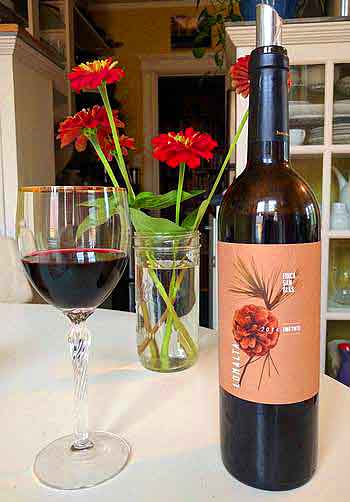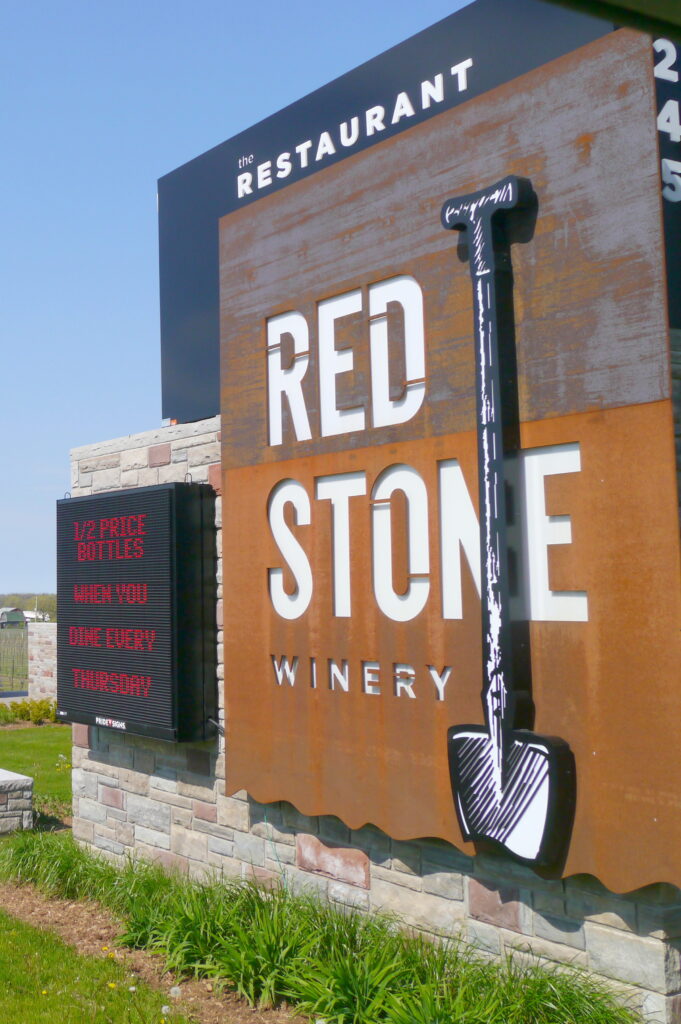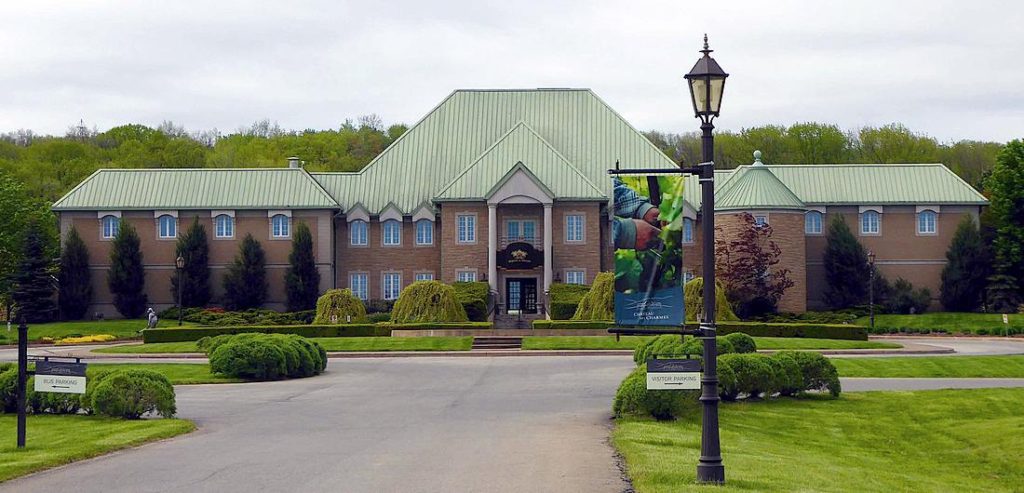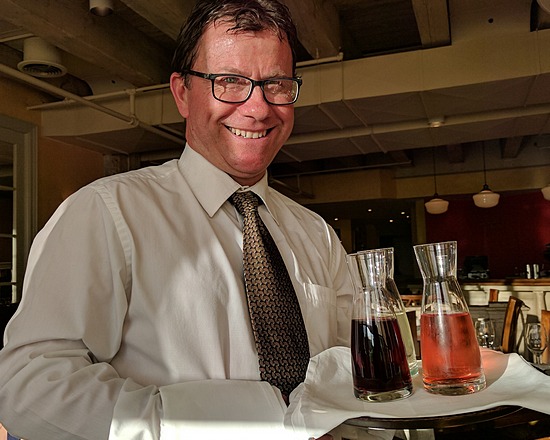
Cave Spring Cellars shines in Jordan, Ontario
Jordan Village compresses the Niagara Peninsula experience into a single stop. In just one kilometer along Nineteenth Street, the downtown packs in lodgings with character, a bakery, restaurants, a tavern, and just enough boutique shopping to stave off retail withdrawal. This being Niagara, there is, of course, also a winery. Cave Spring Cellars (cavespring.ca), in fact, is the centerpiece of the community. The Pennachetti family began buying land on the Beamsville Bench in the early 1970s and by the end of the decade, they had become visionary viticulturalists. Conventional wisdom held that only the area around Niagara-on-the-Lake was warm enough for European wine grapes to thrive, but the Pennachettis began growing Riesling and Chardonnay with considerable success. In 1986, Len Pennachetti and family members joined...Read More
